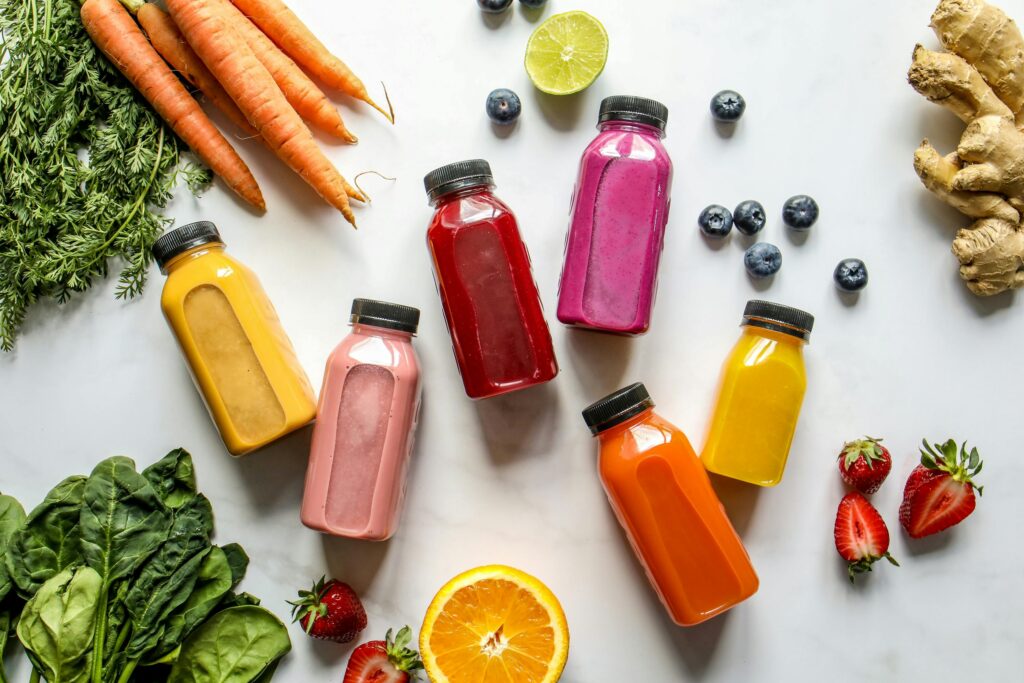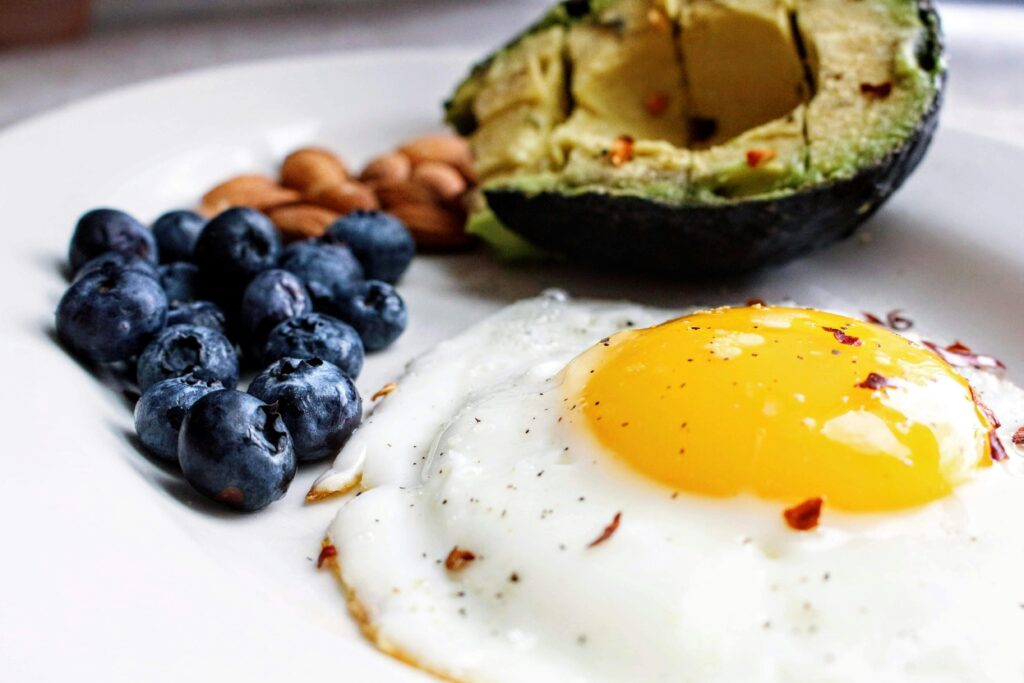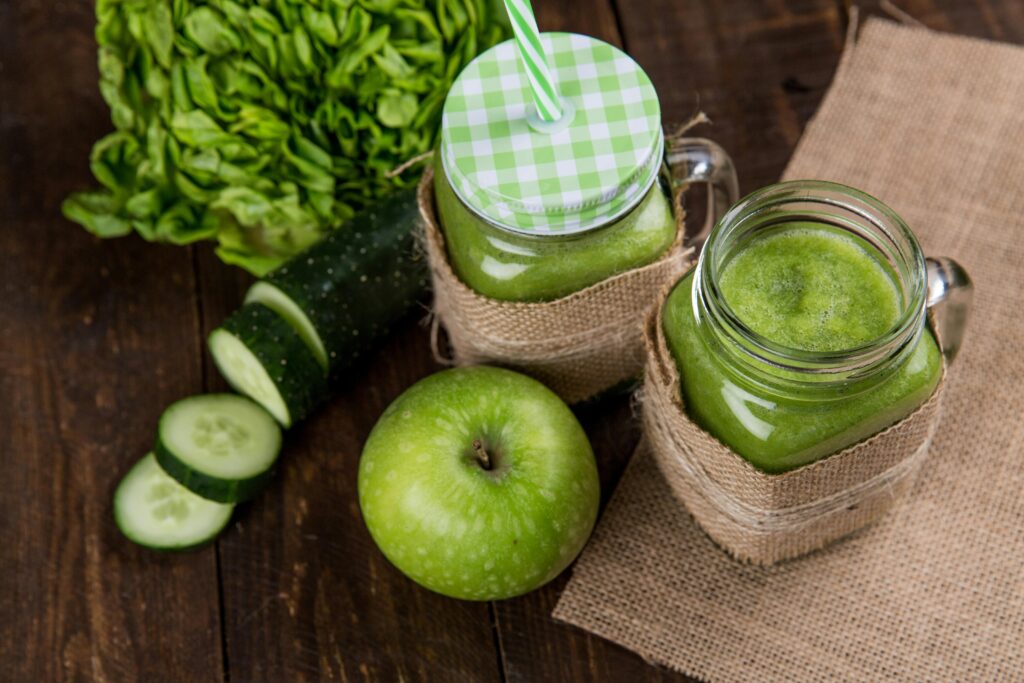Clean Eating 101: A Holistic Guide to Gut Restoration
October 10, 2025
When you think about gut health, your mind might jump to probiotics, supplements, or maybe even that one yogurt commercial you’ve seen a dozen times. But the truth is, gut health starts with something much simpler—and far more powerful—than a pill. It starts with what you eat every day.
At Holistic Wellness Clinic in Cedar Rapids, we often tell our patients that food isn’t just fuel. It’s medicine, it’s information for your body, and it’s the foundation for healing from the inside out. That’s why clean eating has become such an important part of restoring gut health.
But what does “clean eating” really mean? And how can it restore balance to your digestive system while boosting your overall well-being? Let’s break it down together.

What Is Clean Eating?
Clean eating isn’t about dieting, restriction, or counting every calorie. Instead, it’s about focusing on foods that are as close to their natural state as possible. Think fruits, vegetables, lean proteins, nuts, seeds, and whole grains. It’s about minimizing processed foods, added sugars, and artificial additives that disrupt the gut.
At its core, clean eating is about nourishing your body with whole, nutrient-dense foods that promote healing, balance, and energy.
When it comes to gut health, this way of eating helps restore the balance of bacteria in your digestive tract, reduce inflammation, and support the natural healing of your intestinal lining.
Why Gut Health Matters
Your gut does more than digest food. It houses over 70% of your immune system and produces many of the neurotransmitters that affect your mood and energy levels. When the gut is imbalanced—whether from processed foods, stress, or medications—it can show up in surprising ways:
- Bloating and gas
- Irregular bowel movements
- Fatigue
- Brain fog
- Skin conditions like acne or eczema
- Increased susceptibility to illness
When you start eating clean, you’re not just feeding yourself—you’re feeding your gut microbiome, the community of trillions of bacteria that live in your digestive tract and affect your health from head to toe.
The Connection Between Clean Eating and Gut Restoration
So how exactly does eating clean restore gut health? Here are a few key ways:
- Fiber Feeds Healthy Bacteria
Fiber from fruits, vegetables, and whole grains acts as food for beneficial bacteria. These bacteria, in turn, produce short-chain fatty acids that heal the gut lining and reduce inflammation. - Fewer Processed Foods = Less Inflammation
Processed foods, especially those high in sugar and refined oils, can increase inflammation in the gut. Reducing these allows your digestive system to heal naturally. - Better Nutrient Absorption
When your gut lining is strong and balanced, you absorb vitamins and minerals more efficiently, leading to better energy and immunity. - Reduced Gut Permeability
A diet rich in whole, unprocessed foods helps reduce “leaky gut,” a condition where toxins and undigested food particles escape into the bloodstream, triggering inflammation.
What Clean Eating Looks Like in Real Life
Here’s a snapshot of what a clean eating approach might look like for someone trying to restore gut health:
- Breakfast: Overnight oats with chia seeds, blueberries, and almond butter.
- Lunch: A grain bowl with quinoa, roasted vegetables, avocado, and grilled chicken.
- Snack: An apple with a handful of walnuts.
- Dinner: Baked salmon with sweet potatoes and steamed broccoli.
- Drink: Herbal tea or filtered water instead of soda or sugary juices.
Notice how simple, whole, and colorful these meals are. That’s the beauty of clean eating—it doesn’t have to be complicated.
The Role of Mindful Eating
It’s not just what you eat, but how you eat that matters. Many of us rush through meals, eat while stressed, or barely chew our food. These habits put unnecessary strain on digestion.
At Holistic Wellness Clinic, we often encourage patients to practice mindful eating:
- Slow down and chew thoroughly.
- Eat without distractions like phones or TV.
- Pay attention to how different foods make you feel.
This practice alone can reduce bloating, gas, and indigestion, even without changing your diet dramatically.
Customer Success Story: Sarah’s Journey
Sarah, a 38-year-old mother from Cedar Rapids, came to us exhausted and frustrated. She had been dealing with bloating, irregular digestion, and constant fatigue for years. She had tried medications and fad diets but never felt better.
Together, we created a clean eating plan tailored to her lifestyle. She focused on cutting back on processed foods, added more fiber-rich vegetables to her meals, and swapped sugary drinks for herbal teas.
Within two months, Sarah noticed significant changes.
“I can’t believe the difference. I never realized how much the food I was eating was affecting my energy and my mood. Not only is my digestion more regular, but I also wake up feeling rested. I feel like I finally have control over my health again.”
Sarah’s story shows that when you give your body the right tools, it knows how to heal itself.
The Science: Statistics That Speak Volumes
A 2019 study published in Nutrients found that diets rich in processed foods were linked to higher rates of digestive disorders and gut dysbiosis (imbalanced gut bacteria). On the flip side, people who followed a whole-food diet experienced a 30% increase in beneficial gut bacteria within just six weeks.
That statistic highlights how quickly the gut can respond to dietary changes. The foods you choose today start reshaping your microbiome tomorrow.
Tips for Transitioning to Clean Eating
- Start Small
You don’t have to change everything overnight. Begin by swapping out one processed food for a whole-food option each day. - Read Labels
If a product has ingredients you can’t pronounce, it probably doesn’t belong in a clean eating plan. - Cook More at Home
Restaurant and packaged foods often contain hidden sugars and oils. Cooking at home gives you control. - Stay Hydrated
Clean eating isn’t just about solid foods. Water and herbal teas support digestion and help flush out toxins. - Plan Ahead
Keep healthy snacks like fruit, nuts, or hummus and veggies on hand to avoid last-minute unhealthy choices.
Common Misconceptions About Clean Eating
- “It’s too expensive.” While organic produce and specialty health foods can add up, clean eating can actually save money when you focus on whole, simple staples like beans, rice, oats, and seasonal vegetables.
- “It takes too much time.” Meal prepping once or twice a week makes clean eating much easier and faster than grabbing takeout.
- “It’s restrictive.” Clean eating isn’t about deprivation—it’s about abundance. When you focus on whole foods, you’ll likely discover flavors and recipes you didn’t expect to love.
Beyond Food: Supporting Your Gut Holistically
While clean eating is the cornerstone of gut restoration, other lifestyle habits matter too:
- Stress Management: Chronic stress affects gut bacteria and digestion. Incorporate meditation, yoga, or simple breathing exercises.
- Movement: Gentle exercise like walking or stretching helps regulate digestion.
- Sleep: Your gut microbiome follows a circadian rhythm, so consistent, quality sleep supports balance.
At Holistic Wellness Clinic, we help patients see gut health not as one change, but as a lifestyle shift—where food, stress, sleep, and movement all play a role.
FAQs About Clean Eating for Gut Health
Q: How long does it take to notice changes in gut health with clean eating?
A: Many people feel improvements in energy and digestion within 2–4 weeks. For deeper restoration, it may take several months of consistent habits.
Q: Can I ever enjoy treats while eating clean?
A: Absolutely! The goal is balance, not perfection. Occasional treats won’t derail progress if your foundation is strong.
Q: Is clean eating the same as gluten-free or dairy-free?
A: Not necessarily. Clean eating is about reducing processed foods and focusing on whole ingredients. Some people choose to eliminate gluten or dairy if they notice sensitivities, but it’s not required for everyone.
Q: Do I need supplements for gut restoration?
A: Supplements can help in certain cases, but food should always be the first line of healing. A strong clean eating plan often reduces the need for additional supplementation.
Q: What’s the biggest mistake people make when starting clean eating?
A: Going “all in” too quickly and burning out. Start small, stay consistent, and focus on progress, not perfection.
Final Thoughts
Your gut health is the foundation of your overall wellness, influencing everything from digestion to immunity to mental clarity. Clean eating provides a natural, accessible way to restore balance, reduce inflammation, and rebuild your microbiome.
At Holistic Wellness Clinic in Cedar Rapids, we’ve seen firsthand how powerful these changes can be. Whether it’s someone like Sarah regaining energy and confidence or countless patients noticing less bloating and discomfort, the message is clear: when you choose clean, whole foods, your body responds.
Clean eating isn’t about strict rules or complicated diets—it’s about returning to the basics. Simple, nourishing meals. Mindful choices. And the belief that your body has the ability to heal when given the right tools.
So here’s your invitation: take it one step at a time, start where you are, and give your gut the chance to thrive.




